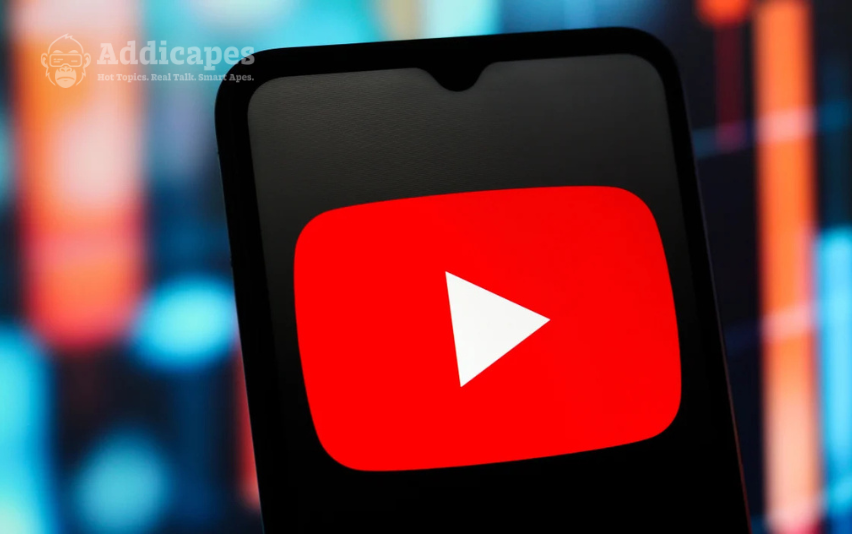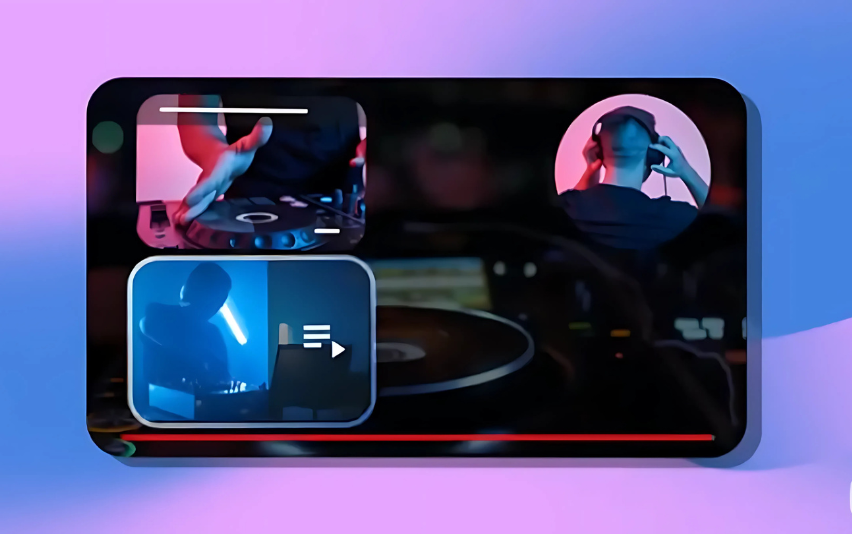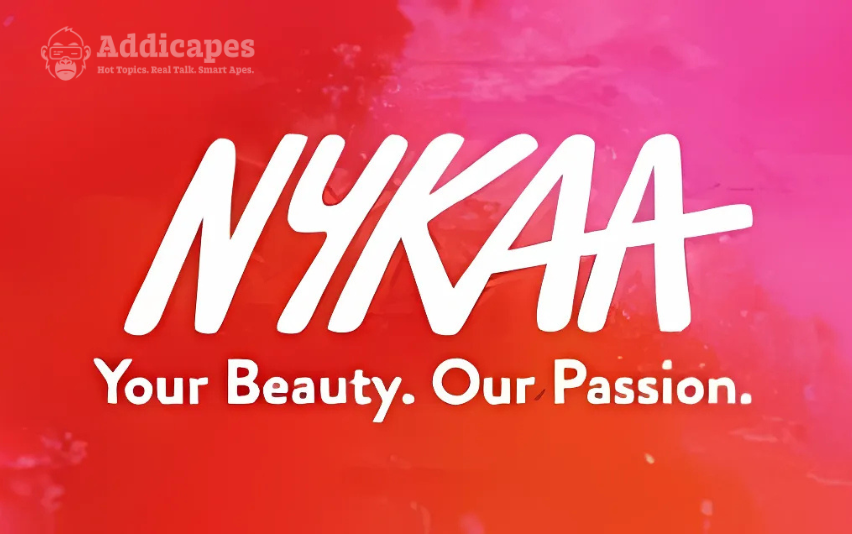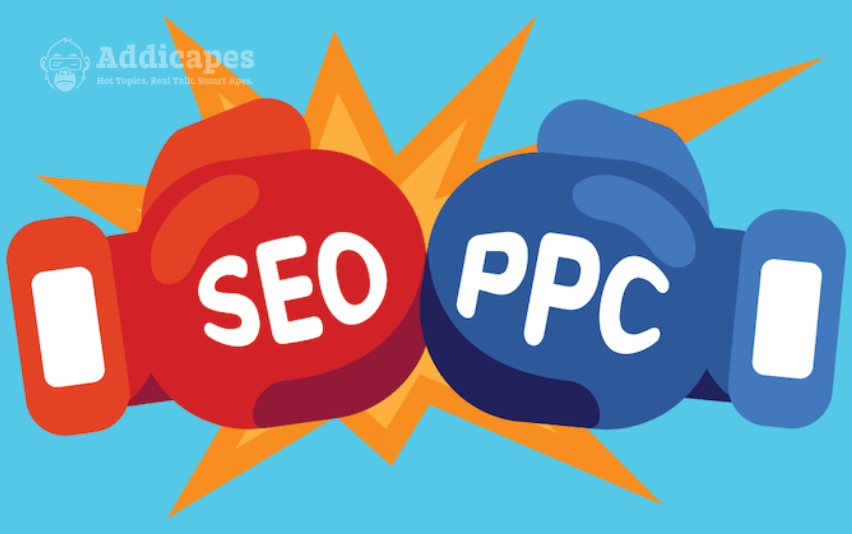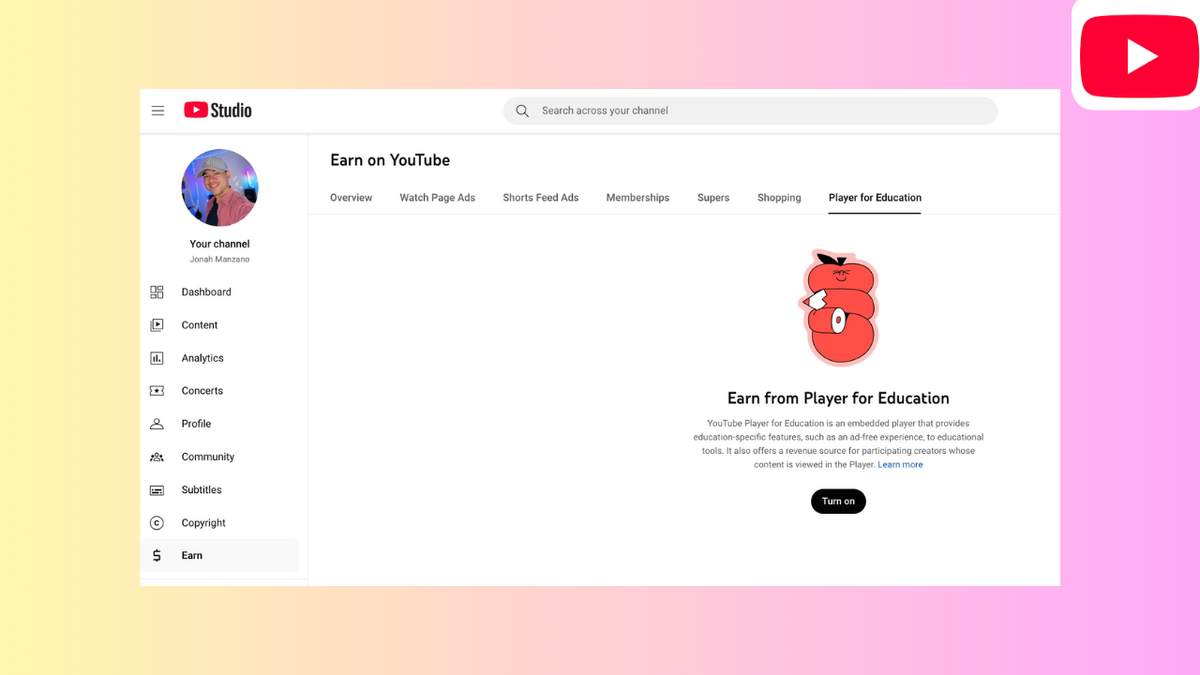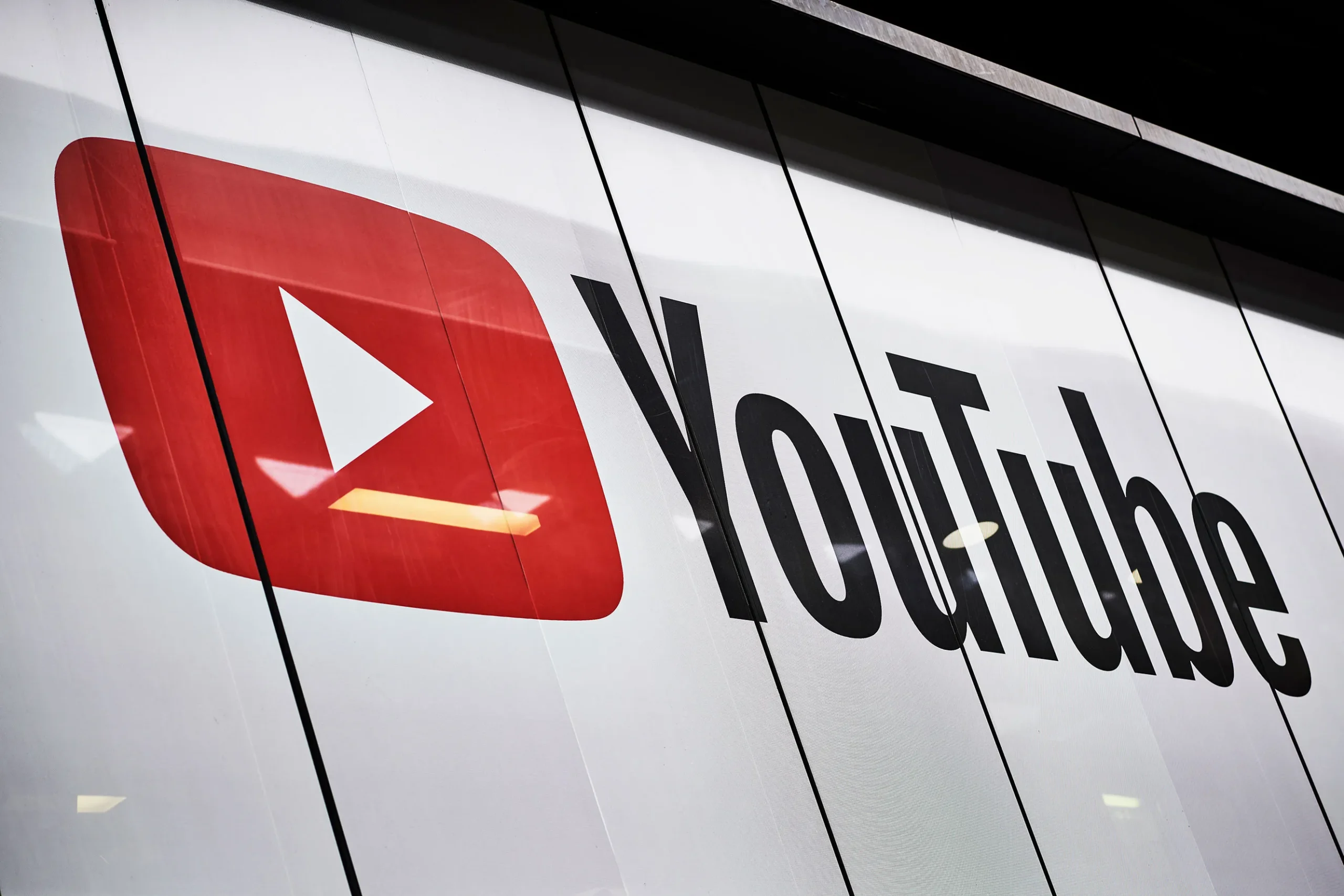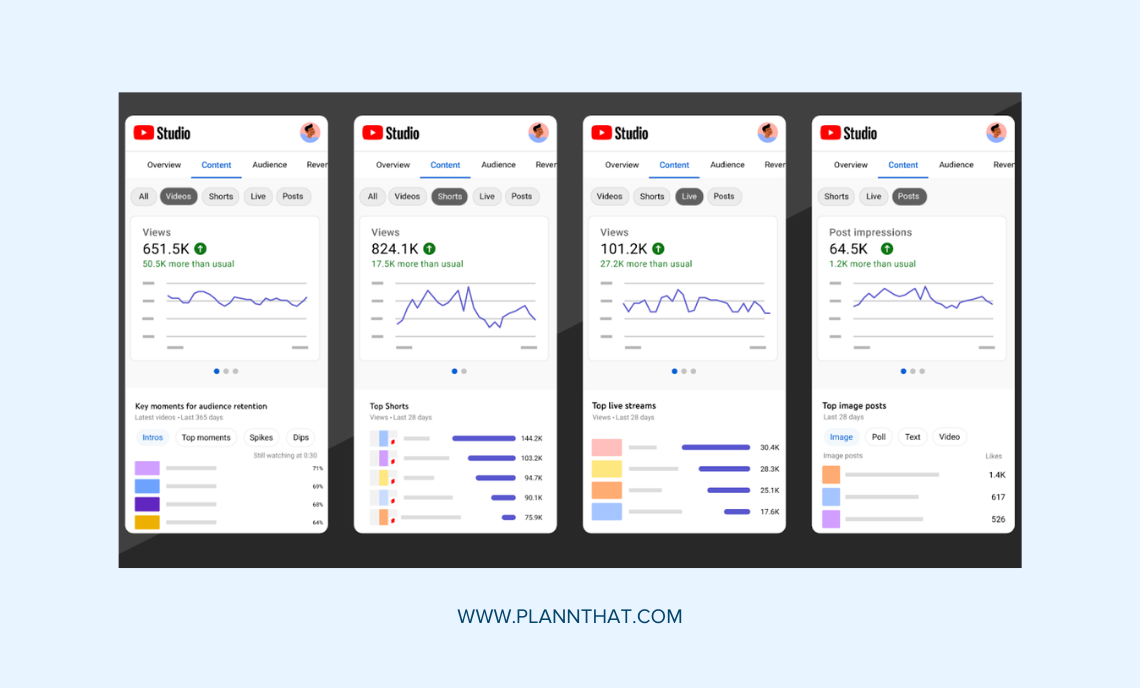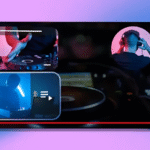In a move that could redefine how creators collaborate and share content, YouTube is now testing a new feature that allows collaborator tagging in video titles and shared feeds. This experimental update could significantly boost creator visibility, streamline video collaborations, and offer a powerful new way to cross-promote content organically.
Whether you’re a content creator, digital marketer, or brand strategist, this new feature promises exciting implications for audience growth, channel discoverability, and collaborative marketing on YouTube.
Let’s explore everything you need to know about this feature, how it works, and why it could be a game-changer for creators and brands alike.
What Is YouTube’s Collaborator Tagging Feature?
🏷️ Tagging Collaborators in Video Titles
YouTube is trialing a feature where creators can tag other creators directly in their video titles, similar to how users tag others on Instagram or TikTok. When a creator is tagged, their channel avatar appears beside the video title, and viewers can click the tag to visit their profile.
This new capability enhances creator visibility on YouTube, allowing fans of one creator to easily discover the collaborators involved in a video. It’s especially helpful in multi-creator content like podcasts, interviews, product reviews, or challenge videos.
📢 Shared Uploads Across Feeds
But it doesn’t stop at tagging. If the tagged collaborator accepts the collaboration request, the same video can also appear in the shared feeds of both creators. This means that the video will show up on each collaborator’s channel as if they had uploaded it themselves.
This new YouTube shared video feed feature helps increase content distribution without the need for duplicated uploads. It’s an ideal tool for cross-channel promotion and content reach expansion.
How Does the Feature Work?
YouTube’s collaborator tagging and shared feeds are currently available only to selected creators as part of a limited experimental rollout. Here’s how the system reportedly works:
- Creator A uploads a video and tags Creator B using the collaboration tool in YouTube Studio.
- Creator B receives a notification and must accept the request for the tag to be active.
- Once accepted, Creator B’s channel displays the video in its own uploads feed, complete with the original title and tags.
- The video performance data (such as views, likes, watch time) may also be shared between collaborators, helping both parties track results.
Why This Matters for Creators & Digital Marketers
✅ Boosting Creator Discovery
One of the biggest challenges for new or small creators is getting discovered on YouTube. With this feature, smaller channels can partner with larger ones and gain exposure directly in the feeds of bigger audiences. This collaborator tagging feature helps level the playing field by enabling mutual growth.
✅ Streamlining Cross-Promotion
Until now, creators had to manually promote their collaborators through links in the description box, pinned comments, or in-video mentions. With video title tags and shared feeds, collaborations become more visible and discoverable, reducing friction and increasing click-through rates.
Use Cases for the Collaboration Feature
This new YouTube collaboration feature is ideal for a variety of content types:
Podcasts or Interviews
Imagine a podcast episode uploaded to the host’s channel but also appearing on the co-host’s feed. Both parties gain watch time and exposure without re-uploading.
Brand Partnerships
Brands working with multiple influencers can now have a single video uploaded across all creator feeds, improving reach and viewer trust. This is great for sponsored product reviews or launches.
Gaming Collaborations
Let’s say two gaming streamers co-play a game—rather than uploading the same video twice, they can share the upload and drive engagement on both channels.
Beauty or Fashion Collabs
For creators filming “style swap” or “challenge” content, this feature ensures each collaborator benefits from shared engagement, regardless of who uploads the video.
What About Analytics & Monetization?
While YouTube hasn’t officially confirmed revenue sharing or detailed analytics support yet, the feature hints at a future where:
- View and engagement data is shared across creators
- Revenue-sharing mechanisms could be implemented
- YouTube introduces collaborative monetization tools for joint uploads
For now, creators involved in the test can access limited performance data, including watch time and viewer demographics.
Limitations and Concerns
As with any new feature, there are potential limitations:
❌ Revenue Splitting Not Yet Active
There’s currently no official tool for splitting ad revenue on collaborative videos. This could be a barrier for larger creators or brands working on paid partnerships.
❌ Risk of Over-Tagging
If the tagging feature is abused (e.g., creators tagging big names to gain views), YouTube will need strict approval mechanisms and spam filters.
❌ Collaborative Conflicts
If a video performs poorly, creators may remove their tag, causing the video to disappear from shared feeds. This raises concerns over video retention and consistency in multi-channel strategies.
How This Affects the Broader YouTube Ecosystem
YouTube is taking cues from other platforms like Instagram’s collab posts and TikTok’s duets, where social collaboration equals reach. This shift brings YouTube closer to becoming a social-first creator platform, not just a video hosting site.
It also incentivizes creators to build community, support each other, and experiment with new content formats designed for shared exposure and growth.
With more tools for co-creation and distribution, YouTube may also see:
- Higher engagement
- Longer watch sessions
- Increased video lifecycle
- Stronger community retention
This move is a win for creators focused on organic channel growth, collaborative content strategies, and algorithm optimization.
A Big Win for the Creator Economy
YouTube’s trial of collaborator tagging in video titles and shared feeds is a step in the right direction. By making collaborations more visible and rewarding, the platform is creating opportunities for creators to expand their reach, grow their communities, and work together more efficiently.
As this feature rolls out more broadly, creators and brands alike should begin thinking strategically about how to use it. Whether you’re a small channel looking for growth or a brand managing multiple influencer campaigns, this tool could reshape your YouTube marketing strategy in 2025.

